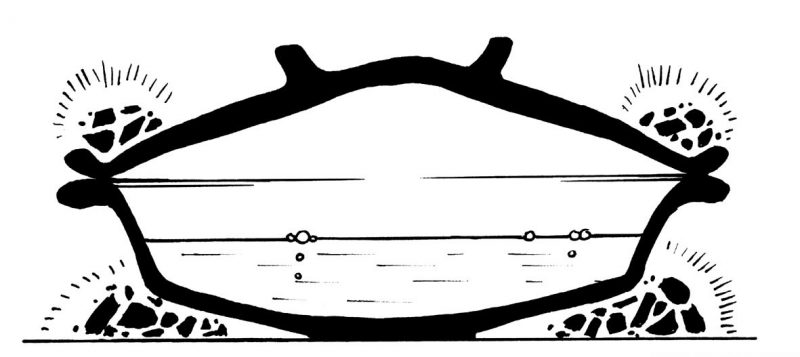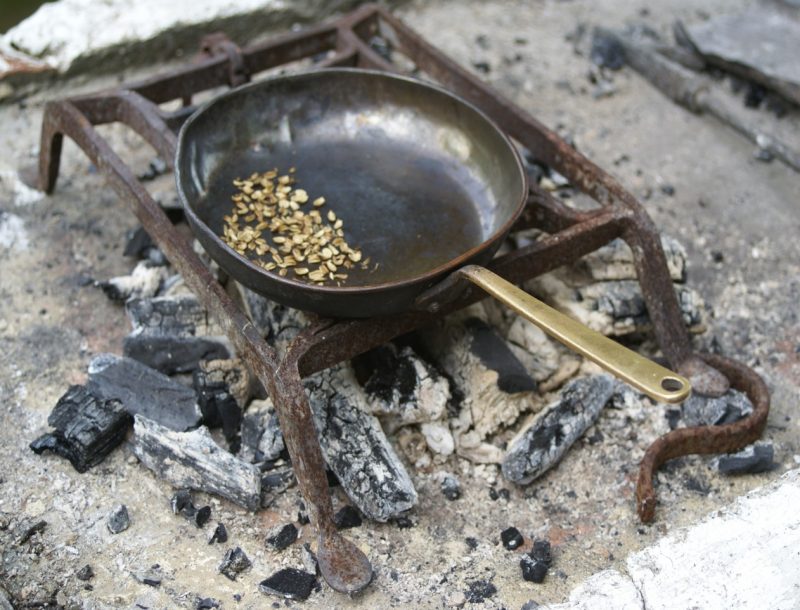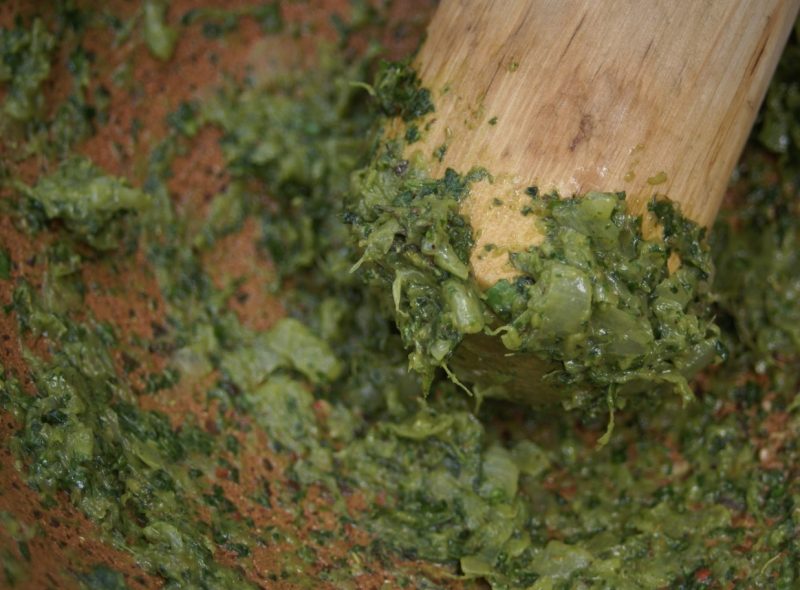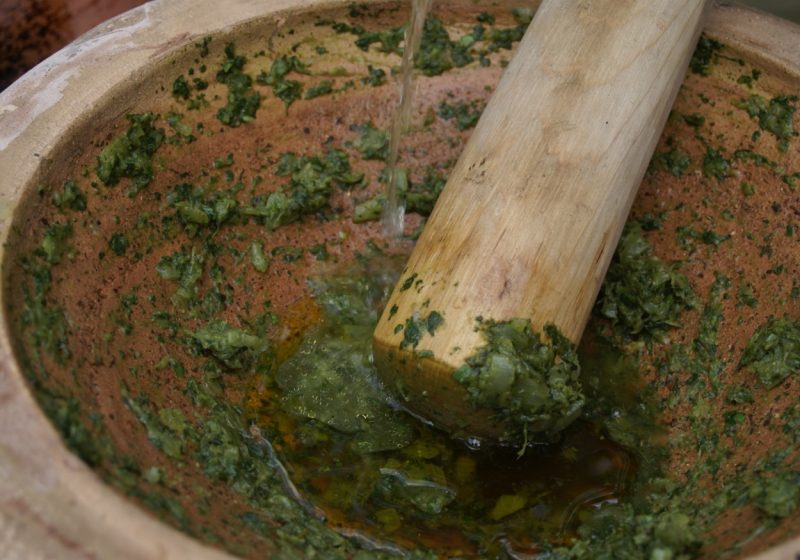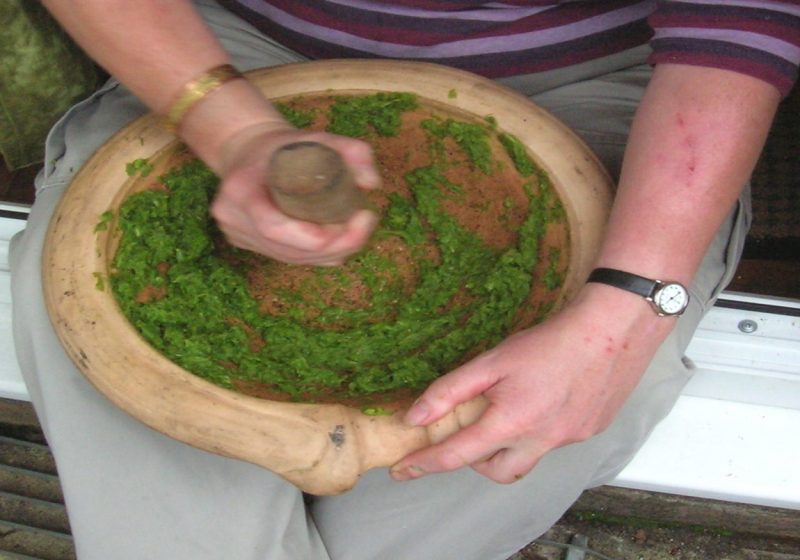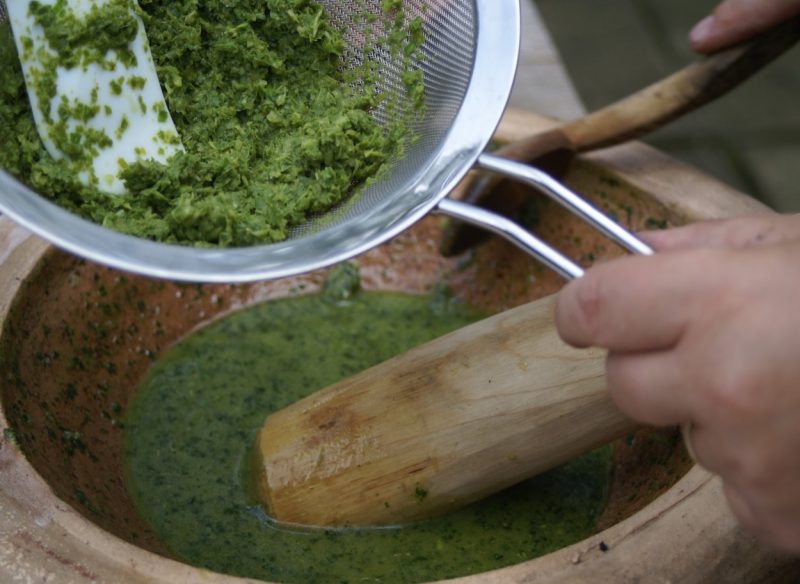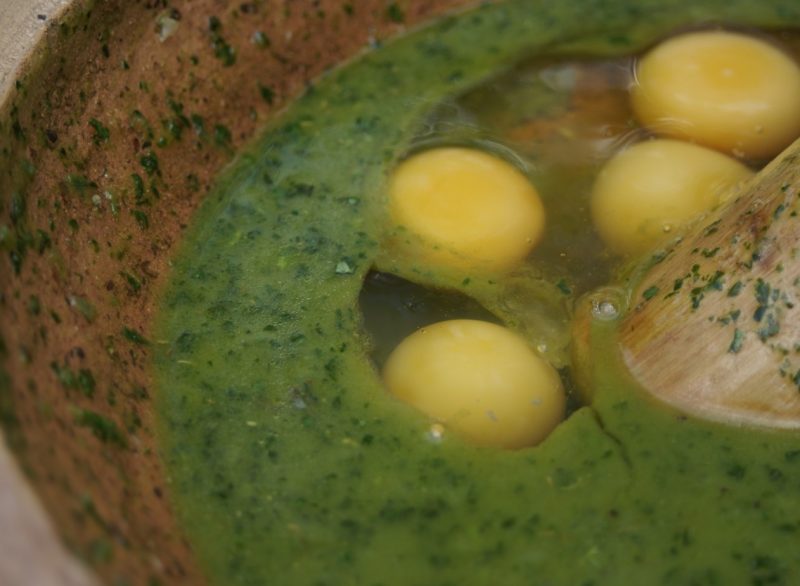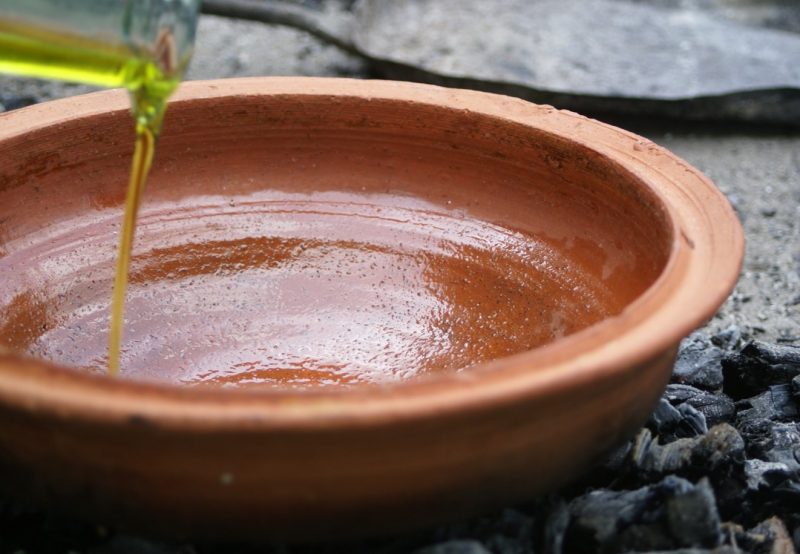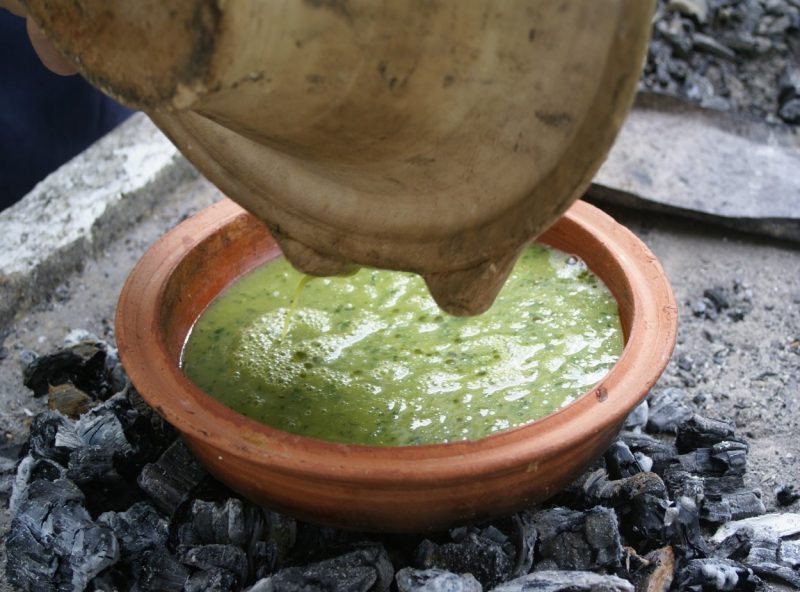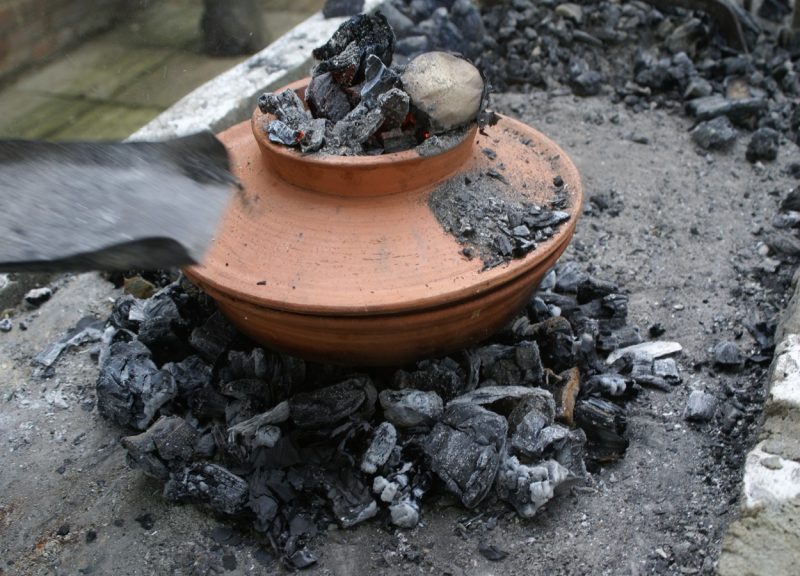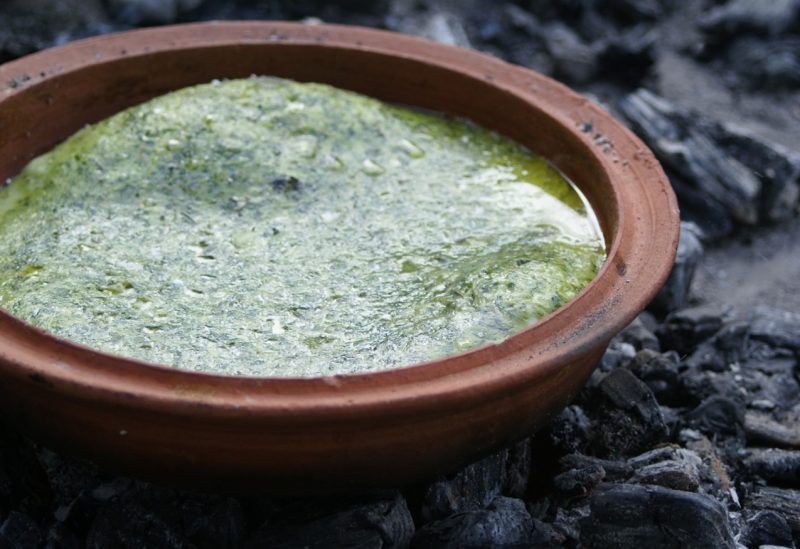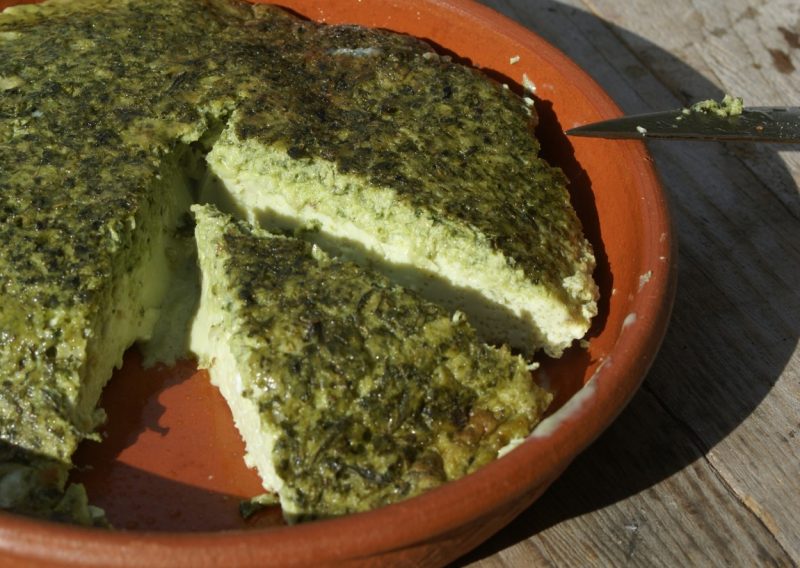
Greeting to all. Thankyou for the increasing views and comments. It has been quite a rollercoaster as the need to create a film at least every fortnight to keep up with demand is quite an ask. I have hardly had a chance to stop and breath since we started. Rod my camera man, editor, graphic artist and occasional director? has been adding wonderful credits and titles to the films and we have plans to involve filming the process of sourcing local ingredients from suppliers of the rare and exotic. More of which anon so watch this space.
These patinae are so interesting as they can be simple and commonplace food for the masses and also elite dining fare depending on the ingredients. Eggs do appear to be fairly readily available. Egg shells are found in many urban sites within the empire in waterlogged conditions and it would seem that in modest urban settings keeping chickens would not have been that difficult in terms of the economic outlay. The frittata would seem to be ideal as easy meal for ancient people living simply as it can be cooked with relative ease and can turn very modest left overs into a hot meal with just a small fire. You can find very simple vegetable frittatas using nettles and other forms of Mediterranean weeds so common in Greek cuisine and with minimal spices such as pepper. Pepper was far more readily available among the middle ranks and even lower orders than was once believed. For a more delicate custard you can find such things as the tough ends of asparagus and even old curled up vegetables leaves being used. The juice is extracted and the residue thrown away.
At its most basic the principle seems to be that all manner of ingredients – often largely left overs of high or low quality – are combined in a dish and eggs, often flavoured with a combination of pepper, oil, wines and liquamen: a basic fish sauce which is described as an oenogarum, are poured over the ingredients and the whole is set in or over embers until firm. These oenogara sauces will have an entire film and blog post soon so keep watching. The finished patina can be cut up and eaten with the finger so this dictates the number of eggs and the volume of the other liquids as these are often not stipulated. There are a few recipes that do stipulate the ingredients precisely and in a number of these recipes, such as the asparagus patina 4.2.6 and 4.2.4 this is described as fusilis soft. This results in a very soft savoury custard which must be eaten with a spoon.
The idea of a patella seems to be very similar to a patina as eggs are used in these too. Both terms are Greek in origin and so must be the food itself. A patellam thyrotaricam (Apicius 4.2.17) was a Greek dish using salt fish and cheese set with eggs which was familiar to Cicero, who identifies it as common fair (cf. Cicero, Ad. fam. 9.16.7, 9; Ad Att. 4.8.1). He claims that he was content to eat this kind of thing until invited to a fancy feast by his friends Hirtius and Dolabella. Both terms were often used to convey a kind of ceramic dish that these items were both cooked and served in (sometimes it is difficult to know whether the word is meant to convey the food or the dish itself). Some patinae and some patellae are made without eggs and instead just adding a sauce to the left overs and heating them, which can be a little confusing. It seems to have been a habit to name these side dishes because of their role within the meal regardless of the ingredients. These dishes were round shallow and course ceramic with a curved base with minimal contact with the surface beneath. They didn’t stand up without support from the embers beneath.
The cooking technique used for these kind of frittata are varied, Some recipe simple say cook it, others say allow it to thicken. There is some suggestion that rather than a frittata some must have resembled scrambled egg in that they are stirred and may have been rather more difficult to eat without a spoon or bread. The technique I used with this frittata is illustrated with two recipes 4.2.33 and 4.2.36. In the former apple puree and cooked brains are blended with eggs and an oenogarum (made with pepper, liquamen and wine) and the mixture poured into a greased patinam which is then placed in the embers and the cook is instructed to allow the hot embers to be above and below. It is hard to imagine such a thing without a lid and a particular lid with a turned up edge to protect the content from ash. These vessels are recognised from archaeological finds across the empire. The drawing below is based on the North African ware form 465 and 766 in Riley, 1979
An illustration of this technique from our edition of Apicius with grateful thanks to the artist Dan Shadrake. He is a very fine graphic artist. https://www.facebook.com/Dan-Shadrake-101930678253648 At the time it had not occurred to me that the lids recess could also take embers but it is in fact a crucial part of the technique. At the other end of the culinary divide you can find elaborate elite patinae such as the patinae Apiciana (4.2.14) which has udder – eventually I am going to get my head around udder! -, chicken meat, flaked fish, figpeckers or thrush breast meat and ‘quaecumque optima fuerint’ whatever finest quality things there may be – left over from another feast. They are complex structured cakes that may be turned out or cut within the dish. This is the recipe that has connections to the idea of a lasagne and is made with what we call a proto pasta. I have plans to cook this on film so we will postpone any discussion.
Here is one of the original recipes from the film, it is repeated at 4.2.16 with virtually the same Latin.
[4.2.2] aliter patina uersatilis: nucleos nuces fractas; torres eas et teres cum melle pipere liquamine lacte et obis; olei modicum.
4.2.2. Another patina, omelette-style: roast pine nuts and broken nuts and pound them with honey, pepper, liquamen, milk and eggs; add a little oil.
Hear is the modern recipe from 4.2.16 called Honey nut omelette from Cooking Apicius which is designed to be cooked at home on modern equipment.
30 g flaked almonds 30 g walnuts or hazelnuts 30 g pine kernels 1 tbsp honey 40 ml white wine 40 ml milk 1 tbsp fish sauce – I advice Red boat fish sauce buy it here 4 eggs Generous freshly ground black pepper 1 tbsp olive oil
Combine all the nuts and roast them in a medium oven until lightly coloured. Shake them a few times to ensure an even colour. Grind them or process until you have a coarse texture and combine with the pepper, milk, wine, honey, oil and fish sauce and the eggs and beat together. If you are baking the patina, grease a ceramic dish with olive oil and pour the ingredients in. Bake in a medium oven (350°F, 180°C, gas 4) until firm to touch. Allow to cool a little and serve covered in warm honey. Sprinkle with ground pepper.
The following is the recipe for one of the soft patinae using asparagus juice to make a lovely green custard. The gallery below takes you through the process in pictures from left to right
4.2.6. Another patina of asparagus: put in a mortar the trimmings of asparagus which are thrown away, pound them, pour on wine and strain them. Pound pepper, lovage, green coriander, savory, onion, wine, liquamen and oil. Pour the liquor into a greased dish and if you want stir eggs in over the fire so that it thickens, sprinkle with ground pepper.
(4.2.7.) This is how you make a patina from wild herbs, black briony, mustard greens, or cucumber or spring greens. If you want, put a layer of fish or chicken beneath.
Don’t forget to subscribe on You Tube and please do request your favourite recipes and I will attempt a reconstruction.

